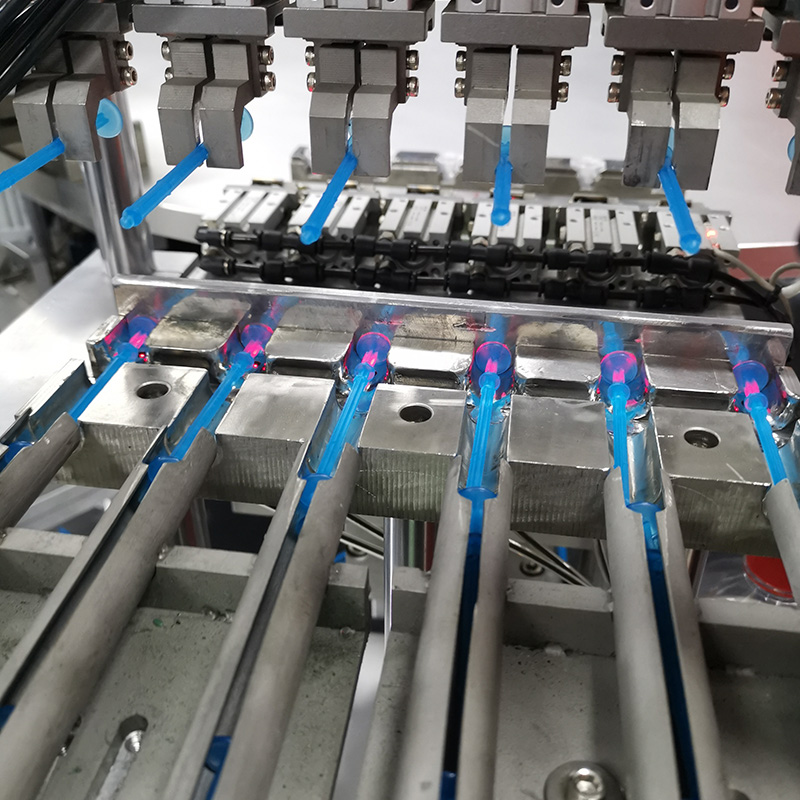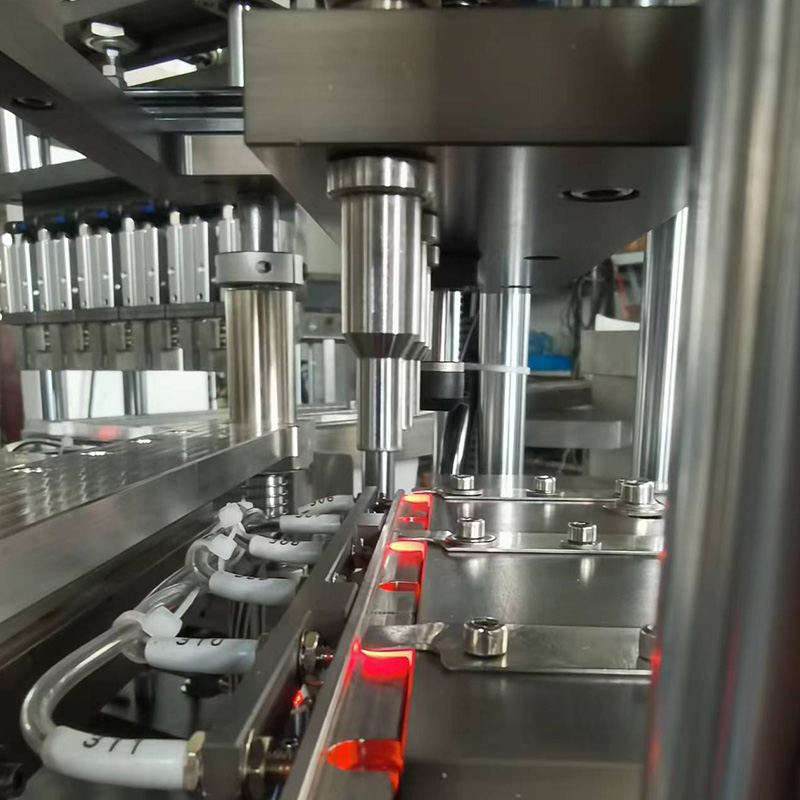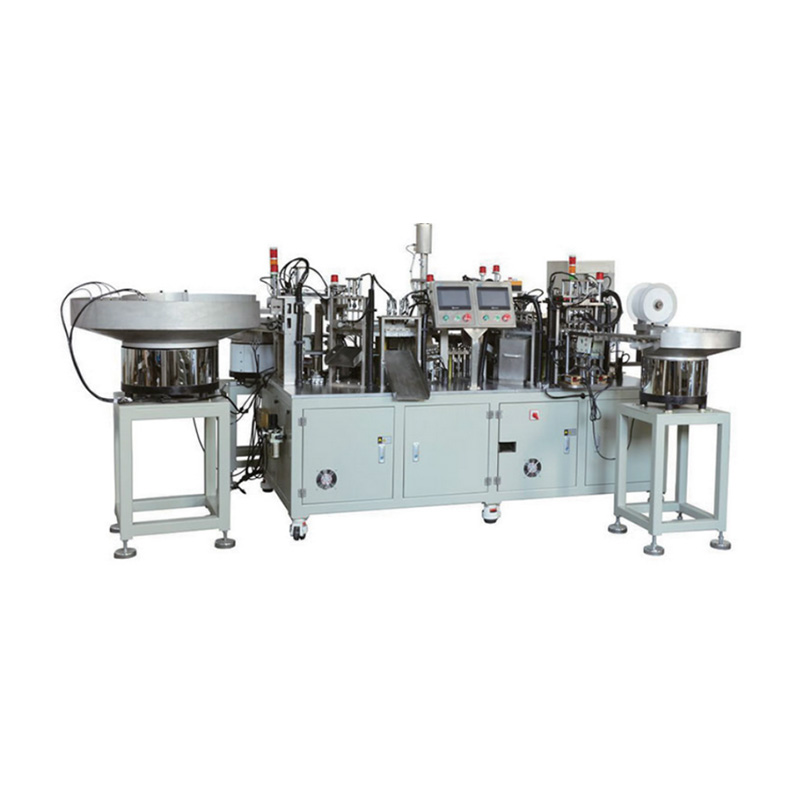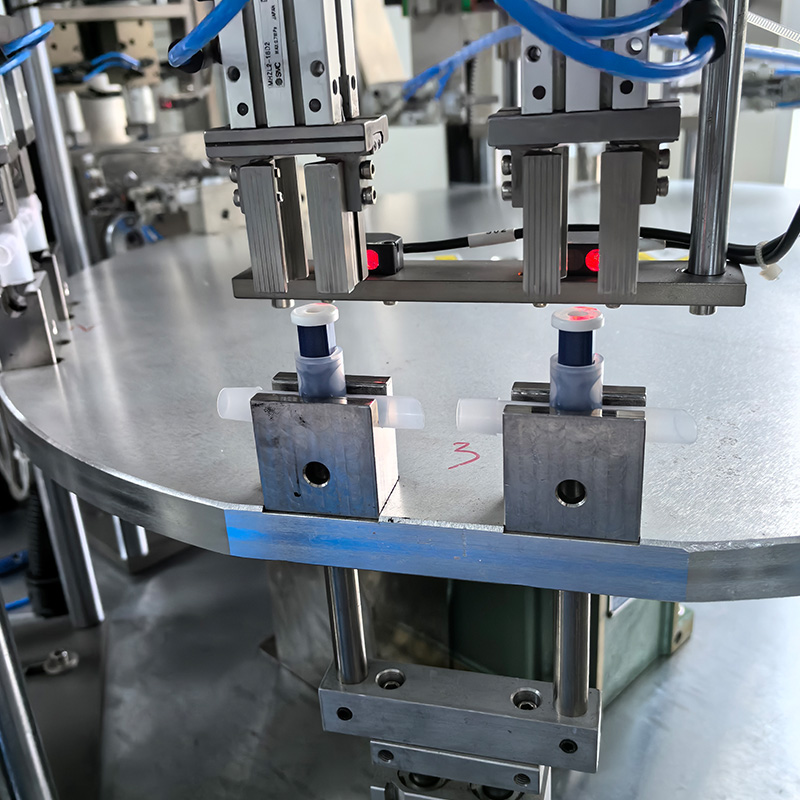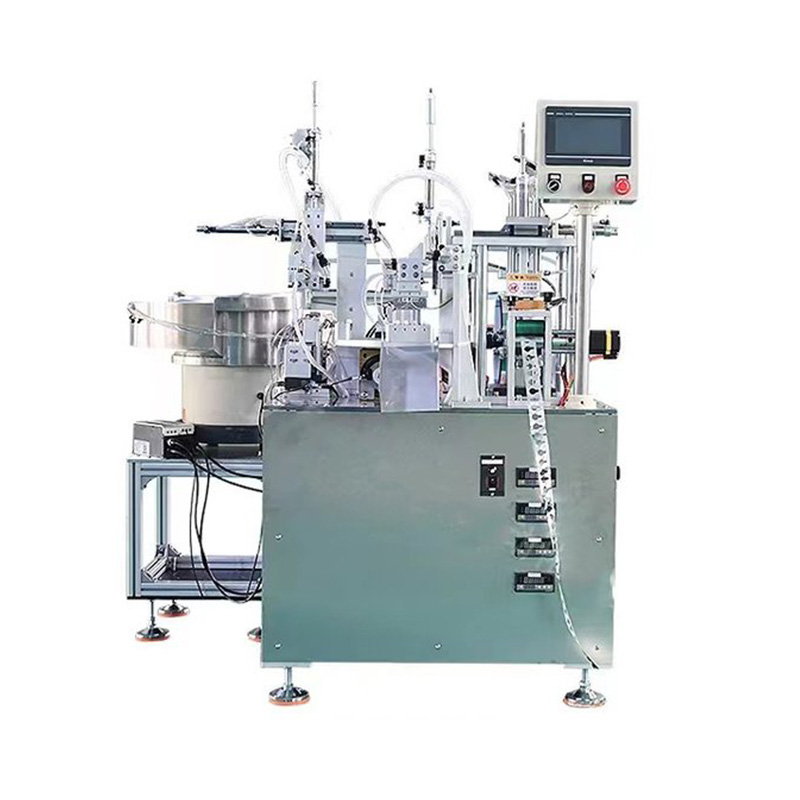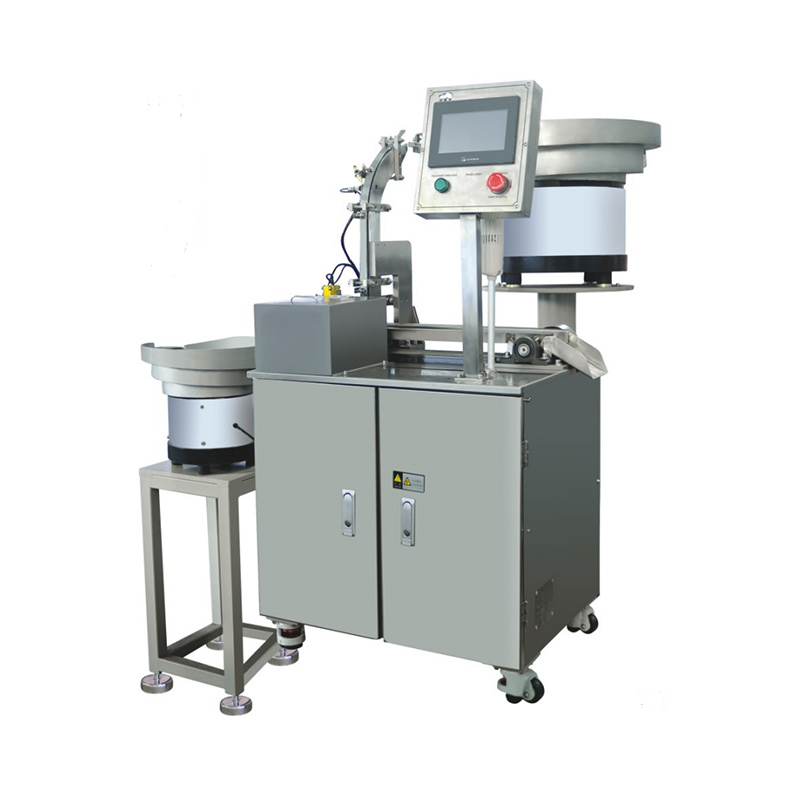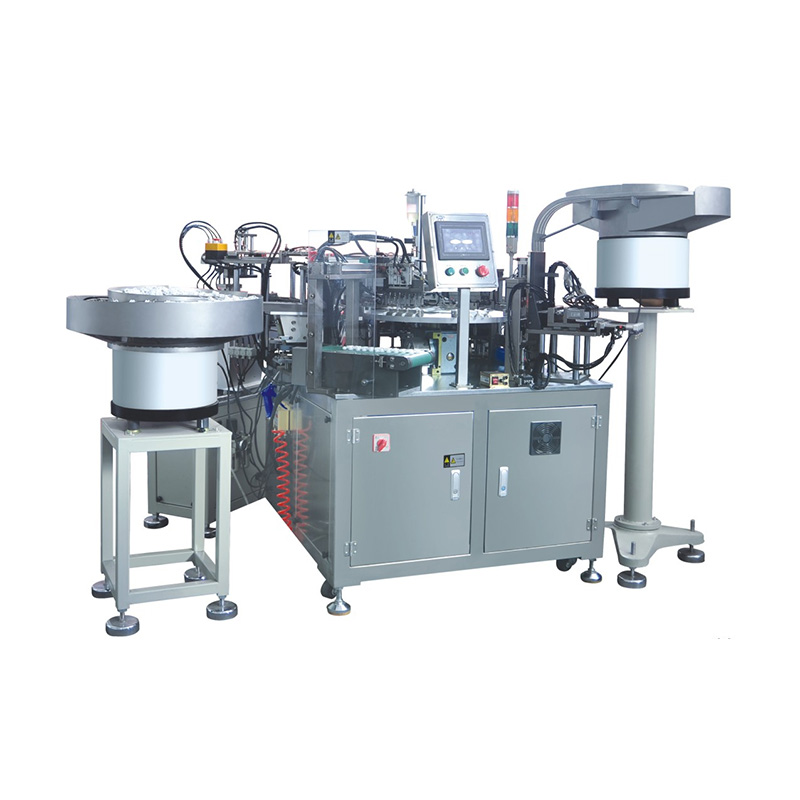China Zhejiang Taizhou Ambe Trading Co., Ltd. is a manufacturer specializing in the production of medical equipment automation equipment.
In today’s fast-evolving pharmaceutical landscape, the demand for diversified syringe products is increasing rapidly. The ability of an Automated Syringe Assembly and Filling Production Line to swiftly accommodate various syringe sizes, models, and filling requirements is crucial for manufacturers aiming to stay competitive and meet market needs efficiently. This article explores how the adaptability and flexibility of these production lines are transforming syringe manufacturing.
One of the significant advantages of an Automated Syringe Assembly and Filling Production Line lies in its capacity for quick format changeovers. Unlike traditional manual or semi-automated setups, modern production lines are designed to switch between different syringe specifications without downtime. This agility is achieved through modular equipment components and programmable control systems that allow operators to adjust settings rapidly for various syringe volumes, needle gauges, and barrel types. This flexibility is essential for manufacturers who produce syringes ranging from small-dose insulin pens to larger-volume syringes used for vaccinations or intravenous treatments.
The customization ability of an Automated Syringe Assembly and Filling Production Line extends beyond physical dimensions. It also supports a wide range of filling liquids, including vaccines, anesthetics, and other sterile pharmaceuticals. Advanced filling modules use precision pumps and sensors to ensure accurate dosing for each type of fluid, regardless of its viscosity or chemical properties. This capability reduces product waste and maintains high consistency across batches, contributing to overall production efficiency and product quality.
In addition to quick format switching, the integration of smart automation technologies enhances the flexibility of the Automated Syringe Assembly and Filling Production Line. Programmable logic controllers (PLCs) and human-machine interfaces (HMIs) facilitate user-friendly control over production parameters, making it easier to implement changes when switching syringe types. Operators can load pre-configured recipes for different products, reducing human error and speeding up the production ramp-up time. This digital adaptability also supports batch traceability and regulatory compliance, which are critical in the pharmaceutical industry.
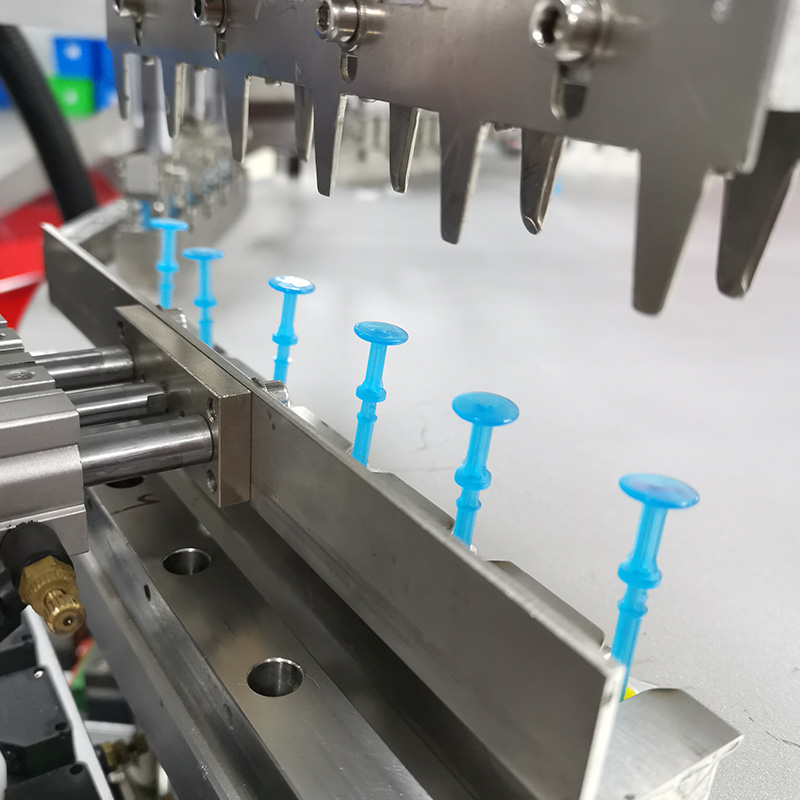
Another key feature enabling diverse product manufacturing is the modularity of the assembly line itself. Many Automated Syringe Assembly and Filling Production Line setups consist of interchangeable modules for syringe barrel assembly, plunger insertion, needle attachment, filling, and sealing. This modular design allows manufacturers to customize the line based on their current production priorities and easily upgrade or reconfigure equipment as new syringe designs emerge. Such flexibility supports innovation and helps companies shift to healthcare demands.
The benefits of this flexibility reach beyond manufacturing efficiency. With the global increase in demand for personalized medicine and rapid vaccine development, manufacturers require production lines capable of handling smaller batch sizes and multiple product variants simultaneously. The Automated Syringe Assembly and Filling Production Line meets these demands by offering scalable solutions that do not compromise on speed or precision, even when switching between different products frequently.
In summary, the adaptability of the Automated Syringe Assembly and Filling Production Line to diverse syringe types and filling liquids is better for pharmaceutical manufacturers. Its ability to support the industry evolves, the flexible nature of these automated production lines will continue to be a critical factor in meeting the dynamic needs of healthcare providers and patients worldwide.

 English
English русский
русский Español
Español

